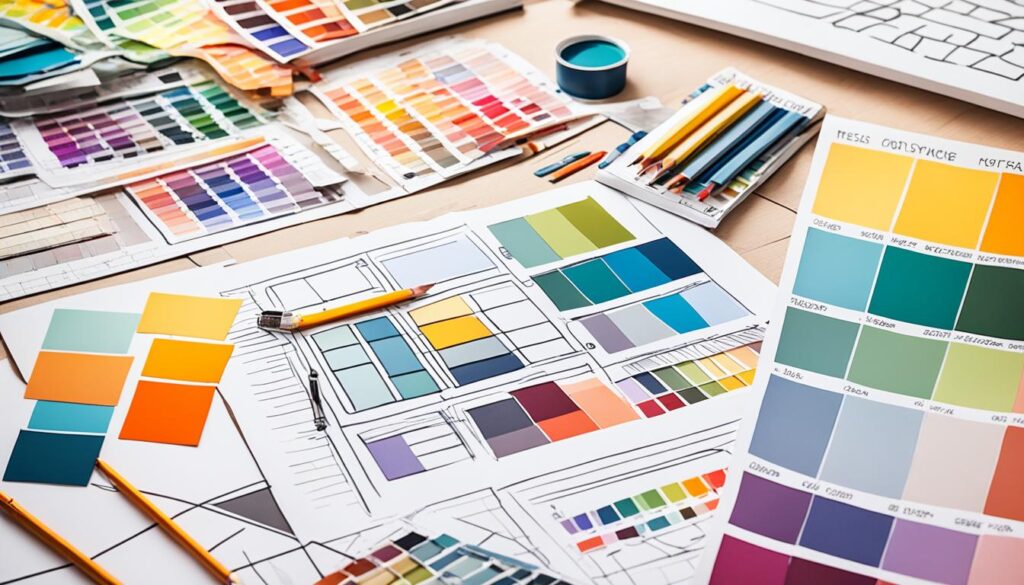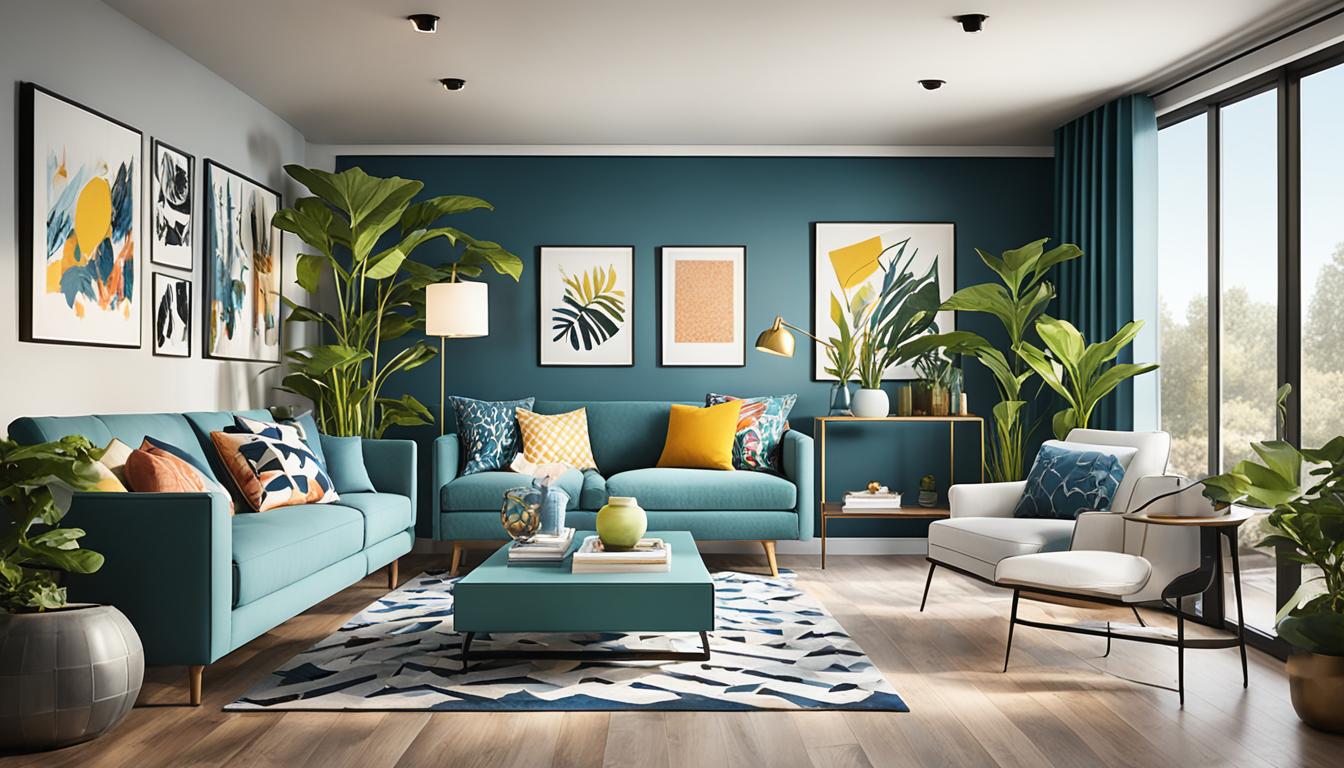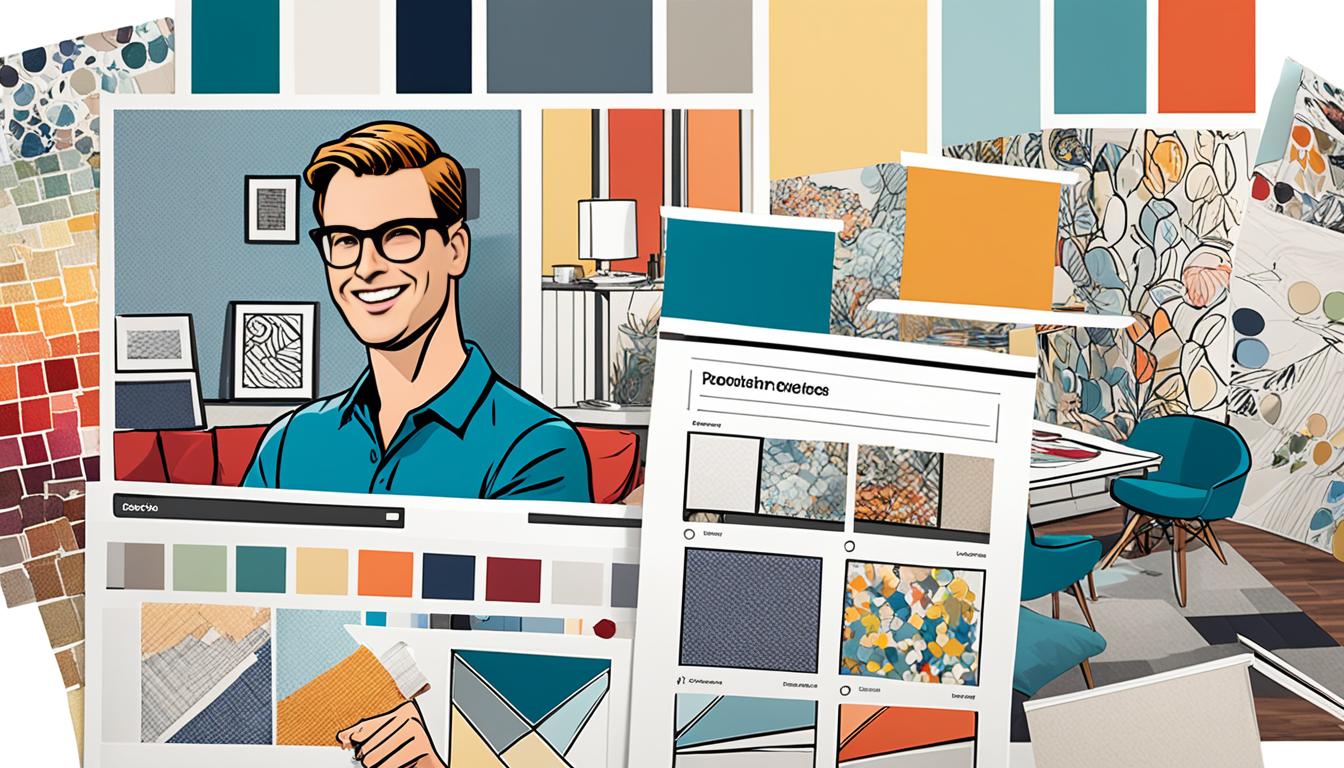Are you looking for a creative outlet that can transform both your living space and your outlook on design? Interior design as a hobby offers you the chance to explore your artistic side while making tangible improvements to your home. Not only can this pursuit enhance your surroundings, but it can also lead to personal growth and professional opportunities. Whether you are a complete novice or have some experience, learning how to get into interior design as a hobby is both accessible and enjoyable. Embrace this exciting journey and discover how it can elevate everyday living spaces, allowing you to express your unique style and boost mental well-being. As you delve into the world of interior design as a hobby, you’ll find that there are endless sources of inspiration and helpful techniques to enhance your skills. Challenge yourself to experiment with different color palettes, furniture arrangements, and décor accents to create a space that truly reflects your personality. By seeking out interior design tips from professionals and fellow enthusiasts, you can refine your abilities and gain a deeper understanding of the art of creating beautiful and functional living environments.
Key Takeaways
- Interior design combines creativity with functionality to enhance living spaces.
- Your journey starts by assessing your interests and leveraging online resources.
- Investing in essential tools and materials will set a strong foundation for your projects.
- Simple room makeovers can spark creativity and don’t require a large budget.
- Engaging with a community of design enthusiasts fosters support and inspiration.
- Every design project is an opportunity to learn and develop your style.
- Creating a mood board can help visualize your design ideas effectively.
Understanding Interior Design as a Creative Hobby
Interior design as a creative hobby allows you to blend aesthetics and practicality in your living spaces. Many people are captivated by this field, as it goes beyond mere decoration; it involves the thoughtful arrangement and utilization of spaces to reflect personality while serving functional needs. Grasping the definitions of interior design can deepen your appreciation for this art.
What is Interior Design?
At its core, interior design encompasses the planning, research, and execution of design concepts tailored to enhance the environment where one lives or works. It involves a myriad of components, from spatial layouts and material selection to implementing color theories. Understanding these fundamentals is pivotal, as they form the backbone of creativity in interior design.
The Balance of Creativity and Functionality
Successful interior design recognizes the essential balance between creative expression and practical functionality. By utilizing tools like Pantone shade books to explore the emotional impact of colors, you can create spaces that resonate with energy or calmness. For example, warm tones can invigorate a room, while cooler shades promote tranquility. Employing sketching for floor plans and software tools like Planner5D can streamline the design process, allowing you to visualize ideas before bringing them to life.
Whether you seek professional insights or inspiration from resources like BoCo Interior Designs in Upstate South Carolina, pursuing interior design can be a rewarding hobby. By offering free estimates and empowering clients with the right resources, designers empower individuals to embark on their journey in this creative discipline. You might find that engaging with similar communities through platforms like Instagram or Etsy provides a wealth of inspiration and opportunities to develop your unique style.

| Aspect | Details |
|---|---|
| Color Theory | Understanding the emotional impact of colors (warm vs. cool tones) |
| Spatial Awareness | Planning effective layouts that enhance functionality |
| Tools | Software like Planner5D and Dropmark for design visualization and inspiration |
| Community Resources | Engaging with local design firms for guidance and support |
How to Get into Interior Design as a Hobby
Embarking on a journey in interior design requires a bit of self-reflection and resourcefulness. First, understanding your personal interests and skills plays a pivotal role in how to get into interior design. Engaging with your aesthetic preferences and previous experiences can clarify your motivations and creativity.
Assess Your Interest and Skills
Begin by evaluating your affinity for design. Reflect on the following:
- Your favorite design styles (e.g., modern, traditional, minimalist).
- Any relevant experiences, such as redesigning your space or helping friends and family.
- Your comfort level with digital tools and software.
Considering these aspects will offer you vital tips for starting interior design as a hobby. Understanding your strengths will provide a solid foundation as you delve deeper into the field.
Start with Online Resources and Courses
The digital age has revolutionized access to education, making it easier than ever to learn about interior design. Look for reputable platforms that offer courses specifically designed for beginners. Consider resources such as:
- Online courses that cover the fundamentals of design theory and history.
- Tutorials focusing on practical skills, like using design software.
- Webinars featuring experienced designers discussing trending topics and tips.
Many courses allow you to progress at your own pace, making them perfect for balancing your newfound interest with other commitments. Engage in projects within these platforms to build confidence and enhance your portfolio. Remember, continuous learning serves as a crucial factor in how to get into interior design while staying relevant in this evolving industry.

By taking time to assess your skills and leveraging online resources, you lay the groundwork for your journey in interior design. This approach will not only enhance your understanding of the craft but also boost your confidence as you embark on new interior design projects.
Essential Tools and Materials for Beginner Interior Designers
Venturing into interior design as a hobby requires understanding the essential tools and materials that will help you bring your visions to life. The right design tools and software can streamline your workflow and spark creativity. Consider the tools and supplies most beneficial for beginners in this journey.
Design Tools and Software
Familiarizing yourself with design tools and software is crucial. Popular options for hobbyist designers include:
- AutoCAD: Known for its capability to create detailed floor plans and sections.
- SketchUp: A user-friendly option for 2D plans and 3D modeling.
- Revit: A BIM software that allows for comprehensive modeling and scheduling.
- 3D Homeplanner: Offers an easy-to-modify feature for customizable spaces.
When choosing software, consider your computer’s gaming specifications to ensure optimal performance. Many interior designers use both MAC and PC systems to run these applications smoothly.
Basic Design Supplies You’ll Need
No designer can function without basic supplies. Essential tools for beginner interior designers include:
- Sketchbooks for brainstorming and early drafts.
- Pencils from trusted brands like Faber-Castell, Staedtler, or Pentel for detailed sketches.
- Markers such as Copic or Winsor & Newton’s Promarker for colorful presentations.
- Measurement tools, including tape measures and laser measures, for accurate layouts.
- Color swatches and sample boards to visualize materials and paint combinations.
It is essential to obtain physical samples of paint and fabric to gauge their true appearance, ensuring a cohesive design outcome.
Online Platforms for Inspiration and Networking
The world of interior design thrives on collaboration and inspiration. Engaging in networking for hobbyist designers can be incredibly beneficial. Here are a few platforms to consider:
- Pinterest: A treasure trove of design ideas and inspirations.
- Houzz: Connects homeowners and design enthusiasts for inspiration.
- Social media: Use platforms like Instagram and Facebook to showcase your work and gather feedback.
Collectively, these essential tools for beginner interior designers will provide a solid foundation for your creative endeavors. Whether exploring software solutions or sourcing supplies, the right resources will empower your design journey.

Easy Interior Design Projects for Beginners
Diving into easy interior design projects opens up a world of creative possibilities for you as a beginner. These projects not only enhance your living space but also build your confidence in DIY interior design for beginners. Start with some simple makeovers, then explore budget-friendly ideas to make the most of your resources.
Simple Room Makeovers
Transforming a single room can be a delightful experience. Consider refreshing your living area with a few key changes. Here are some simple projects you can tackle:
- Rearranging furniture for better flow and functionality
- Adding colorful throw pillows or fresh artwork to uplift the atmosphere
- Using mirrors to create an illusion of space and brightness
These easy interior design projects encourage you to express your individual style while making your home more inviting.
Budget-Friendly DIY Ideas
Interior design doesn’t have to break the bank. Explore these budget-friendly DIY ideas to get started:
- Visit local thrift stores for unique furniture pieces that can be painted or refurbished
- Try painting old furniture for a fresh look that showcases your design skills
- Create your own decorative items from upcycled materials like jars or wood scraps
Crafting mood boards can also help you visualize your design plans and inspire further projects. Jumping into these projects will make DIY interior design for beginners not only achievable but also enjoyable.

Conclusion
As we wrap up this exploration into embarking on a hobby in interior design, it’s clear that this field is not just for professionals but also for enthusiasts ready to add creativity to their everyday lives. A recap on interior design for beginners highlights that understanding the balance of aesthetics and functionality is key as you begin your journey. With essential tools and online resources at your fingertips, tackling your first project can be both exciting and rewarding.
Remember, whether you find inspiration in modern, contemporary, or eclectic styles, each design personality brings its unique flair to the table. Don’t hesitate to dive into the elements of design—colors, lines, and forms—letting them guide you as you curate spaces that reflect your taste. The global interior design industry is thriving, and by engaging in this creative pursuit, you may discover not just a hobby, but a transformative outlet for your imagination.
So, take that first step. Gather your supplies, research inspiring designs, and start with simple projects. As you create and innovate, you’ll realize that interior design offers a fulfilling experience that enhances not just your environment but also your creativity and confidence. Enjoy the journey ahead!









